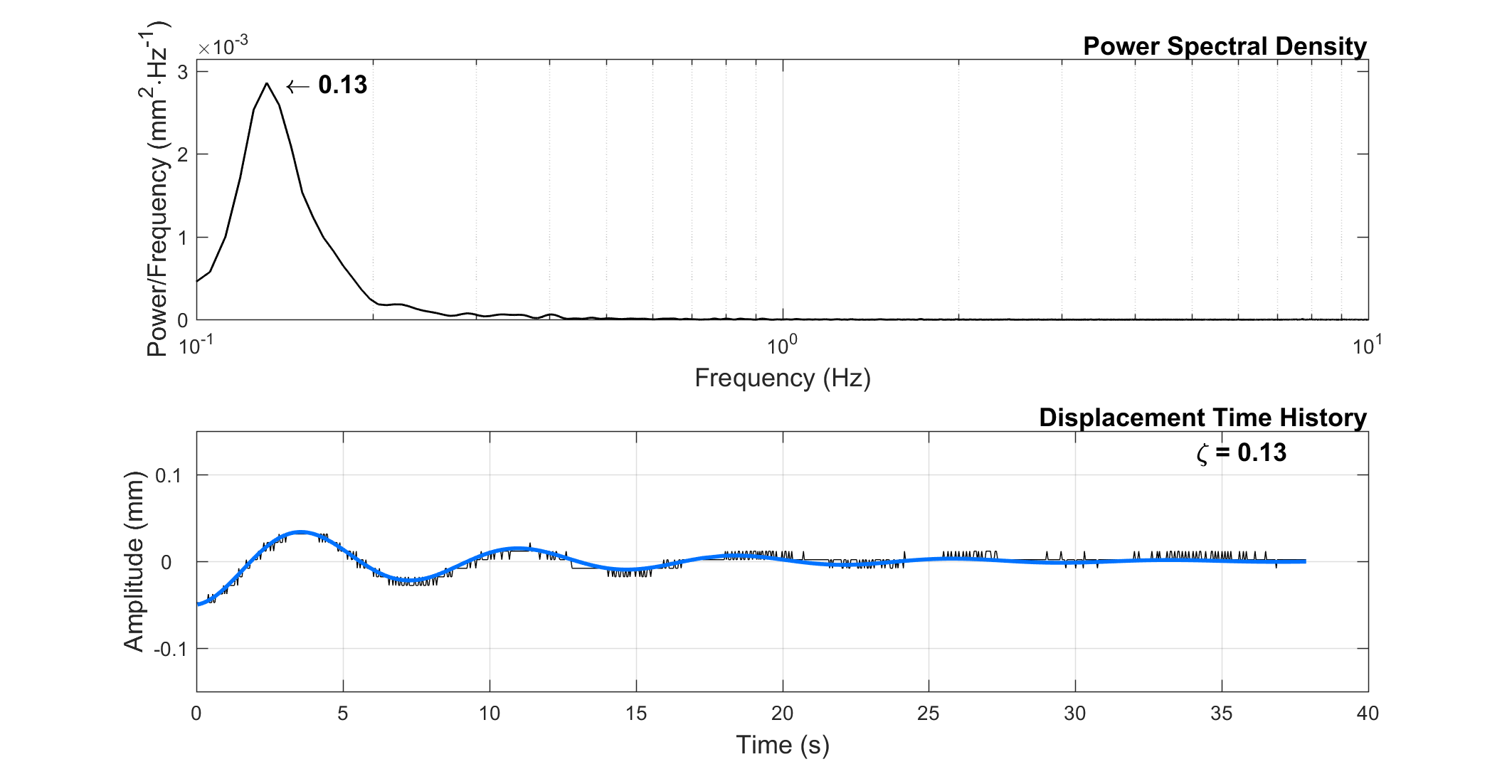Effect of pruning type and severity on vibration properties and mass of Senegal mahogany (Khaya senegalensis) and rain tree (Samanea saman)
Abstract
During pruning, arborists often intend to increase a tree’s resistance to wind loading by selectively removing branches, but there are few studies examining the efficacy of these interventions, especially for large, open-grown trees. This study examined the vibration properties (frequency and damping ratio) and mass of Senegal mahogany (Khaya senegalensis) and rain tree (Samanea saman) before and after a series of pruning treatments: crowns were either raised or reduced at incremental severities between 0 and 80%. For both species, mass decreased faster on reduced than raised trees. The frequency and damping ratio of trees varied with the severity of pruning for reduced, but not raised, trees. The frequency of reduced trees generally increased with pruning severity. In contrast, damping ratio of reduced trees generally decreased with the severity of pruning, except for the unique increase in damping ratio on Senegal mahoganies reduced by 10–20%. Although the vibration properties and mass will change as trees grow after pruning, the results suggest that arborists can reduce trees to change their vibration properties and concomitant response to wind loads, but arborists should reduce trees by a small amount to avoid the adverse decrease in damping ratio.
Illustrative figure

Materials
BibTeX citation
@article{BurchamAutioJamesModarresSadeghiKane:2020,
Author = {Daniel C. Burcham, Wesley R. Autio, Kenneth James, Yahya Modarres-Sadeghi, and Brian Kane},
Doi = {10.1007/s00468-019-01912-8},
Journal = {Trees: Structure and Function},
Month = {9},
Pages = {213-228},
Title = {Effect of pruning type and severity on vibration properties and mass of Senegal mahogany (Khaya senegalensis) and rain tree (Samanea saman)},
Volume = {34},
Year = {2020}}